 Bustling metropolis: China has transformed tremendously since it began to open and reform its economy in 1978. Now more than 800 million people have been lifted out of poverty in the country. — Reuters
Bustling metropolis: China has transformed tremendously since it began to open and reform its economy in 1978. Now more than 800 million people have been lifted out of poverty in the country. — ReutersLet’s dispense with the Western narrative and embrace our centuries’ old friendship.
It’s mindboggling how quickly the Chinese government has successfully turned the country into an economic powerhouse with huge leaps into technological and digital realms including artificial intelligence.
TWO months following Malaysia Airlines’ maiden voyage to Beijing on March 31, 1991, I had my first trip to China.
I was invited by our national carrier as part of the media and government official team to experience its new route.
By then, Beijing had already become a big city with tall buildings and highways, but the streets were still filled with bicycles.
Over the last three decades, I have repeatedly returned to Beijing and other cities. Like many regular visitors, I can’t help but marvel at the pace of the economic transformation.
It’s mind-boggling how quickly the Chinese government has successfully turned the country into an economic powerhouse with huge leaps into technological and digital realms including artificial intelligence.
Their infrastructure, especially their super rail connections, are certainly the best in the world now. None of the European and American links can hold a candle to the Chinese rails.
As of 2024, it’s reported that China has more than 159,000km of railways, the second longest network in the world, and 45,000km of high-speed rail, the longest HSR in the world.
Of course, Western rail networks began much earlier while China played catch up, but with new facilities, they are more sophisticated since they can avoid the mistakes and poor maintenance practices of those in the West.
They’re certainly the envy of the world as they whizz between cities at speeds of about 320km per hour.
Those who’ve never been to China can’t ever fathom how far the republic has overtaken the Western world.
On my travels, I’ve had the misfortune of meeting many Americans and Europeans who still have flawed, if not archaic, views of China and many other parts of Asia.
The Americans are the worst because many have never travelled beyond the United States. I have given up explaining to them where Malaysia is.
On a trip to Antarctica in January, as my fellow Malaysian traveller Yusof Hashim and I held our Jalur Gemilang proudly, a passing American expedition member asked my wife if we were holding the Taiwan flag!
But of course, the Brits are familiar with most of us from the Commonwealth countries, obviously because they colonised us, and don’t parade such ignorance.
In any case, the Western narrative against China has been such a resounding success that many Western tourists have kept away from “communist” and “dictatorial” China.
Accusations of unfair dealings, falsified data and purported persecution of Uighurs in Xinjiang, and Tibetans, are also entrenched in their minds although most can’t pinpoint these places on a world map.
From my anecdotal engagements with my Western friends, it’s obvious they swallow what their politicians tell them and steadfastly refuse to have anything to do with China, which is a shame.
I’ve always told them that they need to see for themselves how China has advanced.
But what is conspicuously downplayed is Western politicians viewing China as the biggest challenge of any nationstate in the world against the US and its allies.
The US wants a big share of China’s consumer market, which has embraced Western products, but the image of the republic seeking leadership roles in many multilateral platforms remains unpalatable.
An article by Dr Zuliu Hu and
Mohsin Khan from the International Monetary Fund titled “Why Is China Growing So Fast” attributes the progress to capital investment, which has made the country more productive.
Basically, new machinery, better technology, and more investment in infrastructure have helped to raise output, they wrote.
Its economy may have once been in the doldrums, but since opening to foreign trade and investment in 1979, China has been among the world’s fastest growing economies and among the highest in terms of purchasing power parity.
After all, it had a growth rate averaging 10% for over 30 years.
Since it began to open and reform its economy in 1978, more than 800 million people have been lifted out of poverty. Across China, and especially its cities, you don’t see slums like in India, or colonies of vagrants, like in the US.
Basically, there have been significant improvements in access to health, education and other services.
Emphasis is given to schools, and even in the most remote areas where I’ve seen and been thoroughly impressed by the kinds of facilities available to school children.
In Guangzhou, I saw robotics, 3D printing and coding already being taught in a secondary school during a trip in 2017.
No doubt, as the economy grows, there will be disparity, especially in a country of 1.4 billion people.
There are the upper middle class as well as those struggling to earn a living in the big cities, where at least 40% of their income goes to rental fees.
Fast forward to 2024, and as I continue my journeys in China, I have begun to feel that as Malaysians, we are poorer.
The depreciating ringgit hasn’t helped in our declining purchasing power.
As most countries direct factory outlets away from the cities, which makes travelling unnecessary, I still visited one which was right smack in three building blocks in Beijing.
Looking at the wide range of products from the West and China, I wondered how the Chinese can afford such expensive items, and where their money comes from!
In Shanghai, where many of the city folks are often welldressed, I felt even smaller.
This doesn’t bode well for me as a third-generation Chinese.
My grandfather left Guangdong in China because they were almost trapped in famine and needed to come to Malaya to escape poverty.
And now, many of my friends who have relatives in Fujian and Guangdong, speak about how financially secure their relatives have become.
For Malaysia, as we celebrate 50 years of friendship with China, it’s imperative we leverage on the ties which bind both nations.
The special bond began in the 1400s when Admiral Zheng He visited Melaka several times, marking the state’s significance.
I tip my hat to Malaysia and China!
Related post:
Related news:
DPM’s visit deepens bilateral ties

Warm send-off: Ahmad Zahid (second left) bidding farewell to staff from the Malaysian Embassy in China before leaving for Malaysia. With him is Malaysian Ambassador to China Datuk Norman Muhamad (left). — Bernama
THE 11-day official visit of Datuk Seri Dr Ahmad Zahid Hamidi to China has not only helped bolster Malaysia-China diplomatic relations but also fostered meaningful collaborations for businesses and the people back home.
 Despite a tight schedule that took him through Hong Kong, Shanghai and Beijing, the Deputy Prime Minister always maintained a warm smile, especially during his numerous courtesy meetings with Chinese leaders and officials.
Despite a tight schedule that took him through Hong Kong, Shanghai and Beijing, the Deputy Prime Minister always maintained a warm smile, especially during his numerous courtesy meetings with Chinese leaders and officials.
His joy and pride of being on the trip was palpable as he had on more than one occasion expressed his admiration for the responsiveness and openness of the Chinese government during the visit.
During an appreciation dinner, Majlis Amanah Rakyat (Mara) chairman Datuk Dr Asyraf Wajdi Dusuki, who was part of the Malaysian delegation, hailed the visit as “fruitful and impactful”.
“The swift and comprehensive responses from Chinese leaders and institutions regarding our cooperation proposals are a positive sign for Malaysia, particularly in educational collaborations between the countries.
“We have strengthened ties in higher education, especially in TVET (technical and vocational education and training), and tourism following the 30-day visa-free travel ease, benefiting both nations.
“We are delighted that Mara and GiatMara will offer more valuable TVET opportunities for Malaysian students.
“This is also a good sign of more such positive tie-ups to come, as both countries move towards a new chapter of an even stronger friendship after this golden jubilee celebration,” he said.
Despite this being his first visit to China as Malaysia’s Deputy Prime Minister, Ahmad Zahid, who is also the Rural and Regional Development Minister, is no stranger to Chinese leaders.
During a courtesy call on China’s State Councillor and Public Security Minister Wang Xiaohong, a warm and convivial atmosphere was prevalent as both leaders, who have been friends for a long time, shared laughter.
When Wang introduced his colleagues to his guest, Ahmad Zahid easily identified some of them.
Speaking to the media, Ahmad Zahid, also the National TVET Council Committee chairman, could not but marvel at China’s commitment to being a strategic partner in the TVET sector, an area close to his heart.
The bilateral discussions encompassed artificial intelligence, electric vehicles, renewable energy, and technology transfer.
Expectations are high for further cooperation between China and Malaysia, with the upcoming visit of Chinese Premier Li Qiang to Malaysia this month.
During engagements with the Malaysian diaspora in Tier 1 cities in China, Ahmad Zahid received a warm reception and commended the loyalty of Malaysians even when they were seeking opportunities abroad.
First-tier cities comprise Beijing, Shanghai, Guangzhou and Shenzhen – the four most developed cities in terms of economic and infrastructure development.
A media veteran observed that the choice of Hong Kong, Shanghai and Beijing on Ahmad Zahid’s itinerary was because of their expertise in TVET, high technology, and knowledge transfer.
“These visits are seen as a continuation of the agreements reached between Prime Minister Datuk Seri Anwar Ibrahim and his Chinese counterpart last year.
“Both sides are happy that he (Ahmad Zahid) is here, as assurance that the agreed projects are being implemented, the media veteran said.
Ahmad Zahid also emphasised the importance of setting a timeline for turning memoranda of understanding into action and reality.
It is clear that he is committed to ensuring that the collaborations and partnerships forged during his visit will produce tangible benefits for both Malaysia and China.
With continuing hard work and dedication, this solid relationship can only grow and prosper in the 50 years ahead – and beyond.





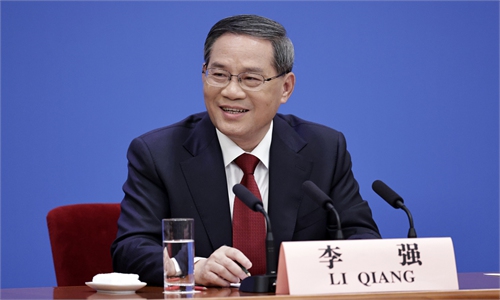









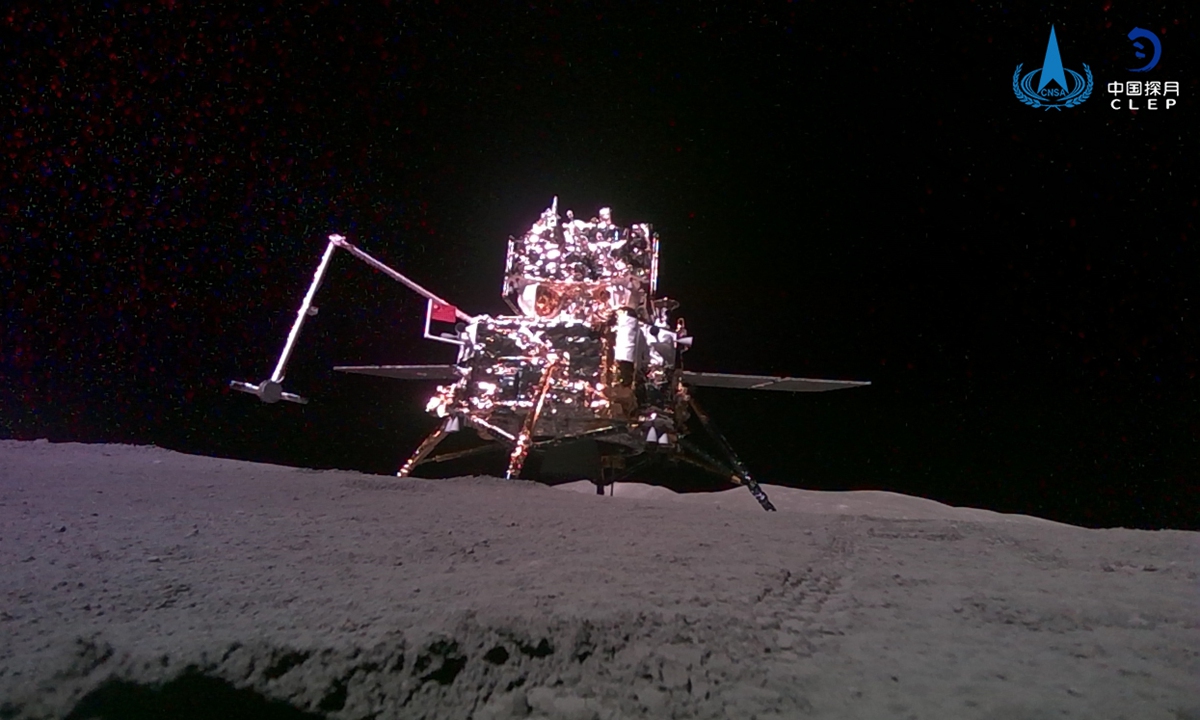
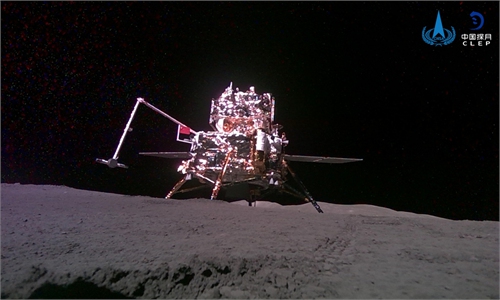








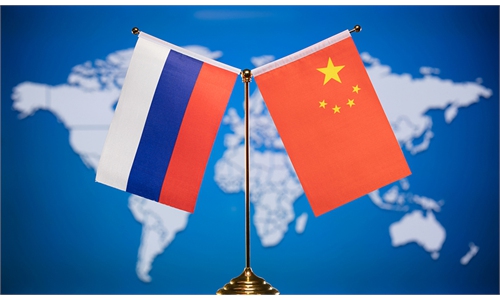
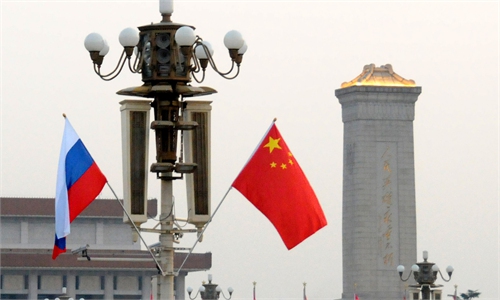






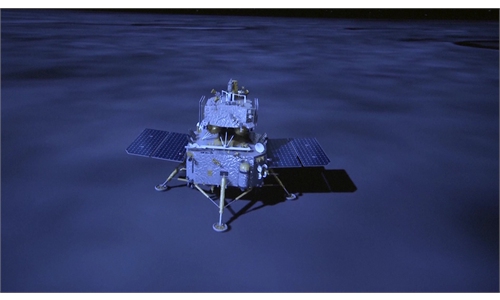





![A Stylish Bar 705a1-1 [in Explore] A Stylish Bar 705a1-1 [in Explore]](https://live.staticflickr.com/65535/53819420884_7fd6cd7c50_m.jpg)



